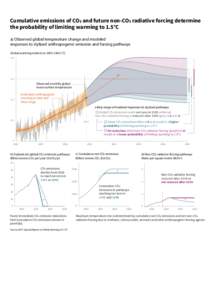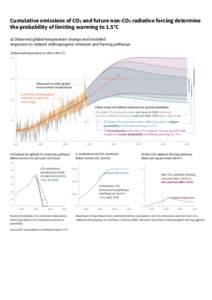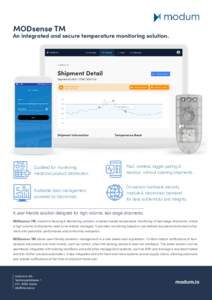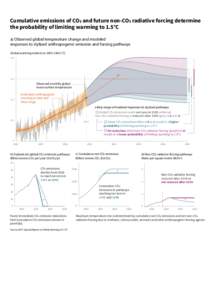<--- Back to Details
| First Page | Document Content | |
|---|---|---|
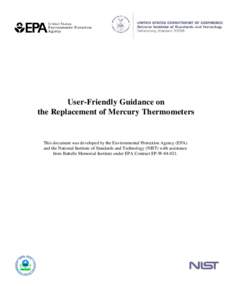 Date: 2014-01-23 15:26:47Thermometers Mercury-in-glass thermometer Resistance thermometer Thermocouple Mercury Temperature measurement Temperature Measuring instrument Thermodynamic temperature Thermistor Sensor Medical thermometer |
Add to Reading List |
 User-Friendly Guidance on the Replacement of Mercury Thermometers This document was developed by the Environmental Protection Agency (EPA) and the National Institute of Standards and Technology (NIST) with assistance fro
User-Friendly Guidance on the Replacement of Mercury Thermometers This document was developed by the Environmental Protection Agency (EPA) and the National Institute of Standards and Technology (NIST) with assistance fro